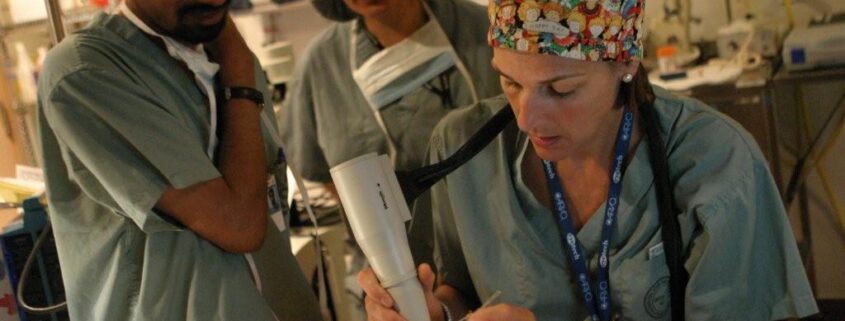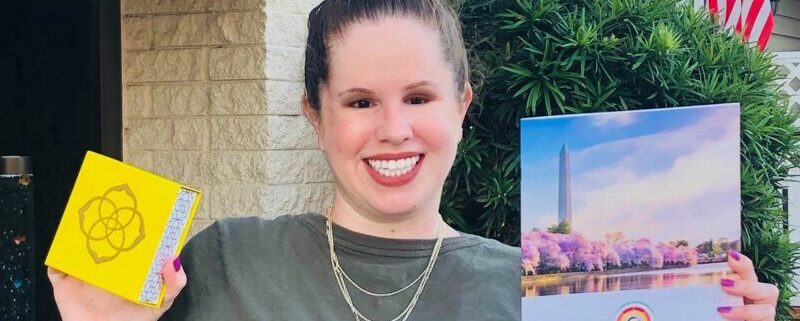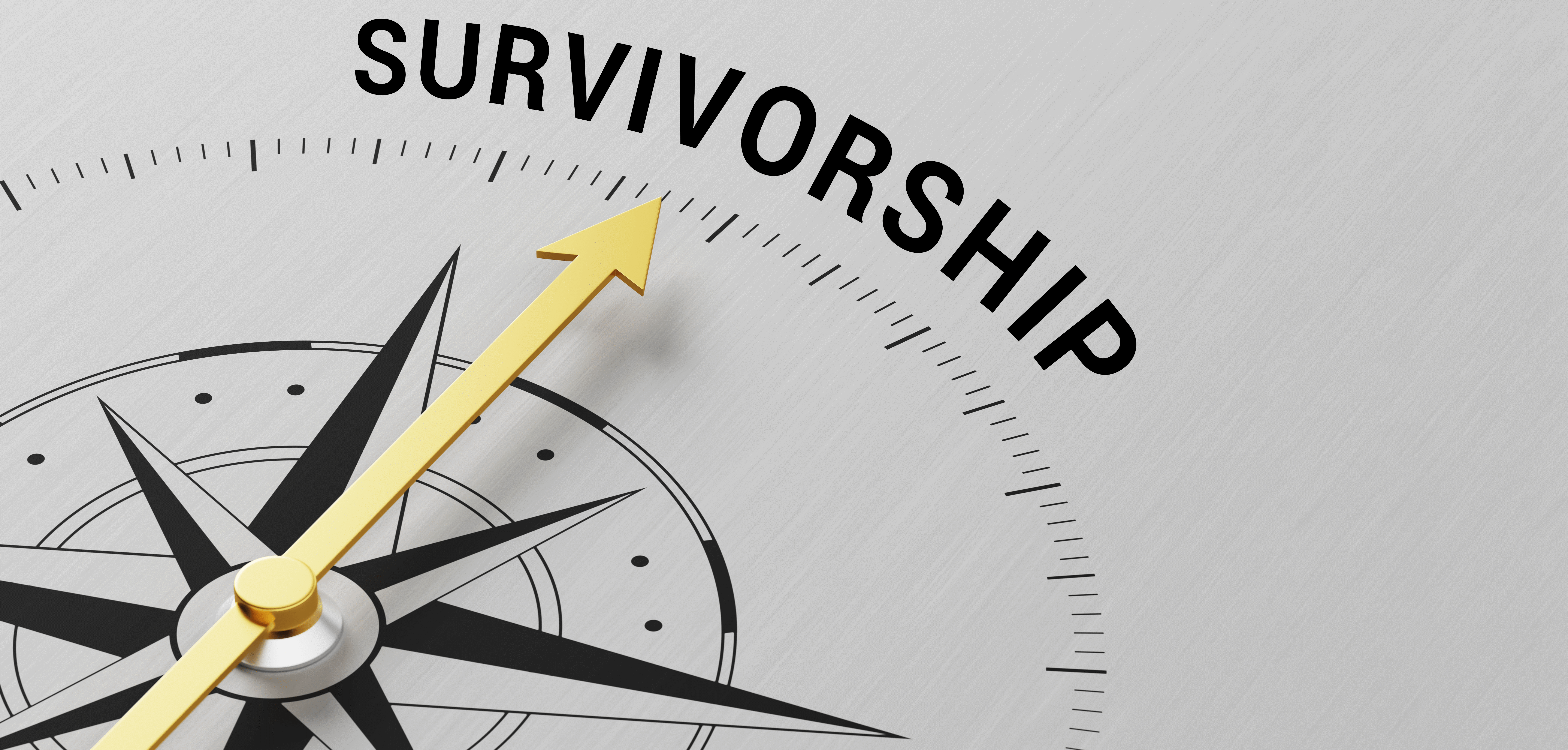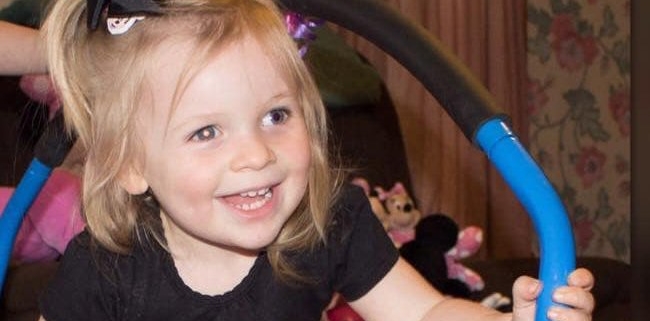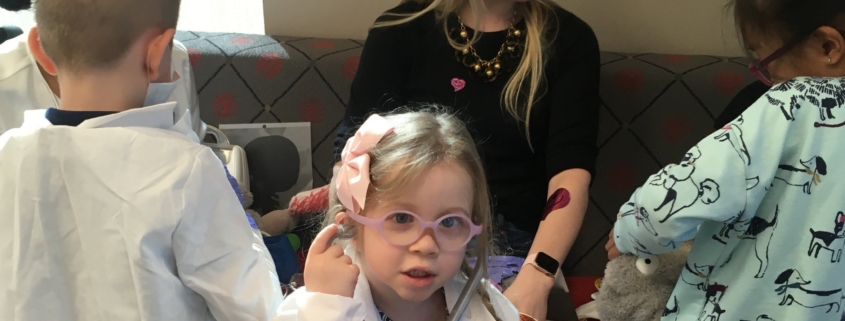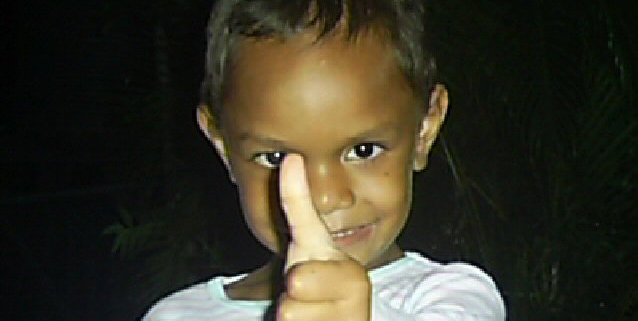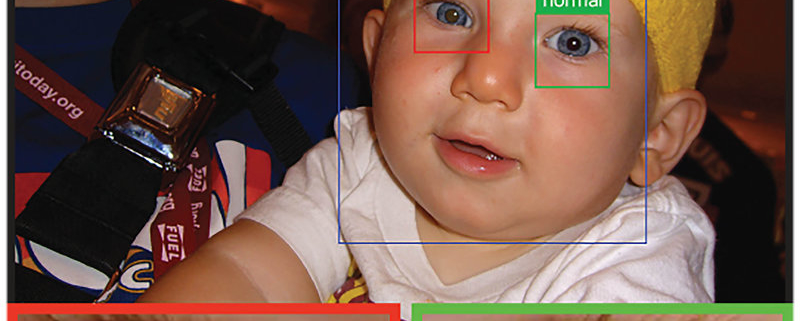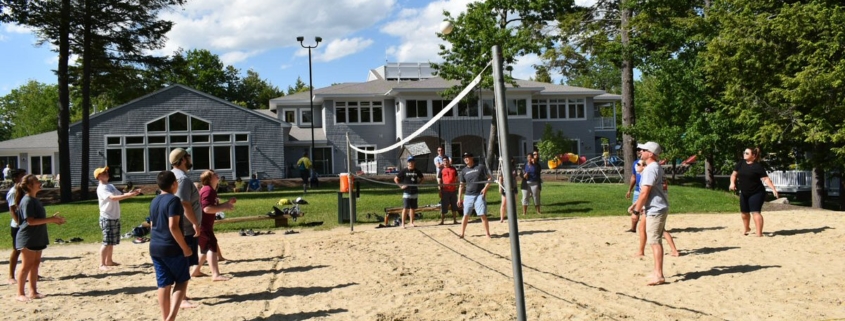EUA Frequency During and After Retinoblastoma Treatment
Parents of children with retinoblastoma ask how often their child’s eyes should be examined under anaesthetic, and if schedules vary depending on type of eye salvage treatment. Abby White, in collaboration with a specialist from one leading US treatment center, helps to answer these important questions.

